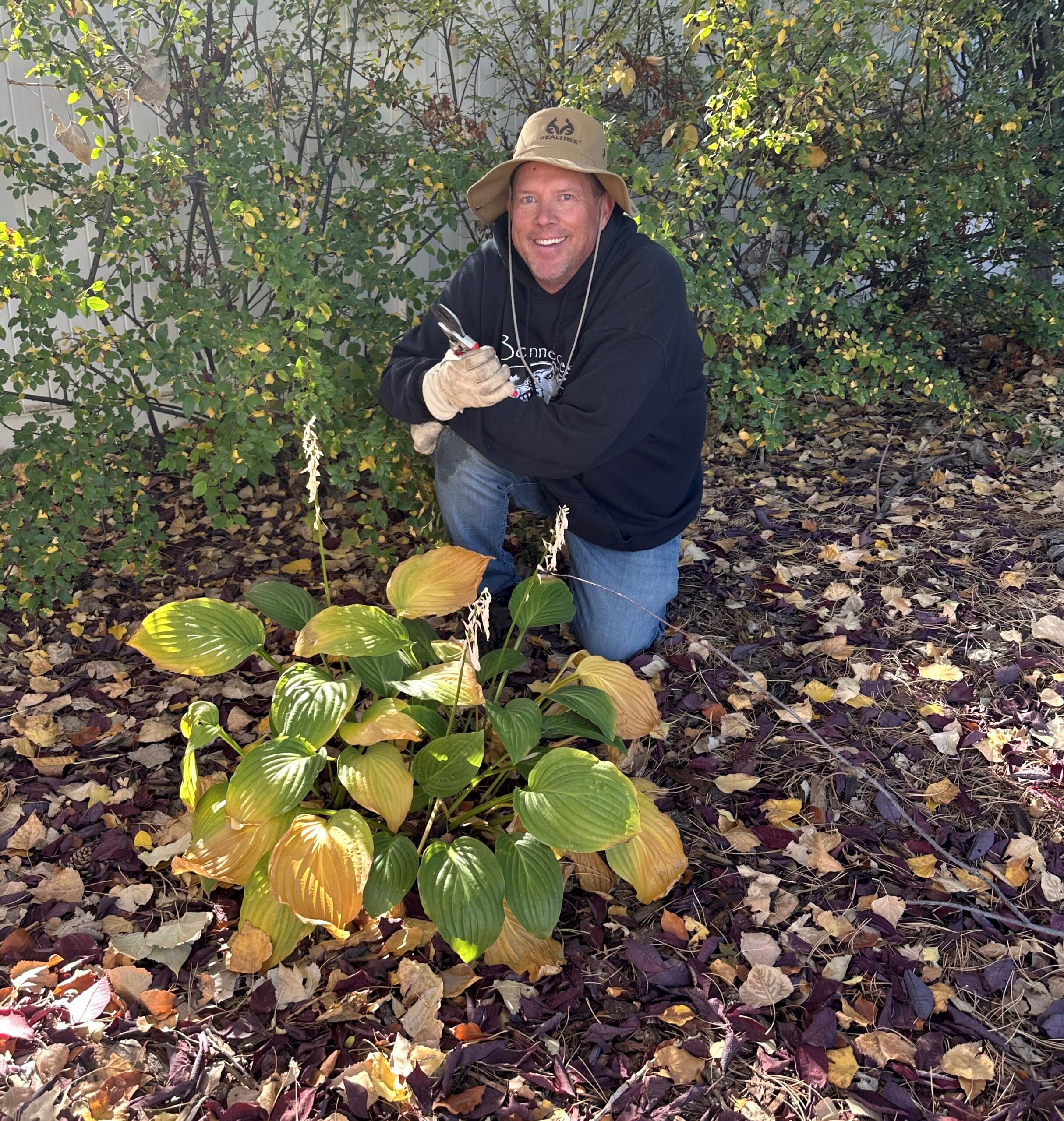Pruning Perennials in the Fall
Pruning Perennials in the Fall
After getting a couple of hard frosts in the fall, your perennial flowers will start getting ready for their long winter’s nap. “Perennials” are non-woody plants that will die back down to the ground over the winter but will typically come back year after year.
When pruning perennials in the fall, we generally recommended to leave 2 to 4 inches of stem above the soil level. Why may you ask?
Protection of the plant’s crown:
The most tender part of most plants is the “crown”. This is the area of the plant that is located at the soil level (where the stems meet the roots). It is sensitive and can be easily damaged. Leaving a few inches of stems helps protect the crown from pruning damage as well as assist in temperature fluctuations.
Marker for location:
By leaving a small portion of the plant visible, you’ll have a clear marker of where the perennial is located. This is helpful for avoiding accidental disturbance in early spring when the plant hasn’t emerged yet.

Encouraging regrowth:
Some plants store energy in their stems, so leaving a portion of the stem helps ensure the plant has sufficient reserves to regrow in spring.
The exceptions:
Some perennials, like ornamental grasses provide winter interest to your landscape. Also, plants like coneflowers, black-eyed Susans, sunflowers, and a few others provide opportunities to feed the birds when it’s cold outside. These plants are fun to leave unpruned until spring.

There are many gardeners who choose to prune their perennials in the spring, however we find that pruning in the fall helps reduce the risk of disease and fungus as well as deterring overwintering voles and other pests.



